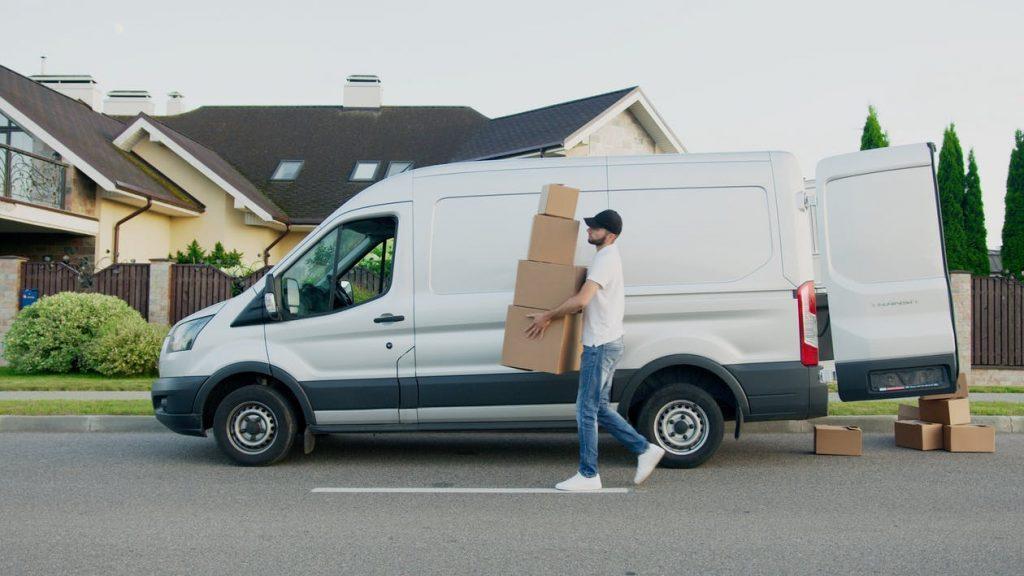Bringing items to the end consumer is as old as civilization, but many delivery firms and retail partners are in search of a profitable model
Many assume that last-mile delivery arose alongside the rapid growth of e-commerce. That narrative is simply false. Household moving companies have long considered themselves the final mile of delivery. Before them, there was the milkman, common in the early 1900s, who brought fresh dairy products to consumer doorsteps.
Lyft, Uber, et al seemed to change the game, though, but even their independent contractor-based businesses are not unique. During the Roman Empire, items reached eager citizens through cursus publicus (Latin for “the public way”). The system was a state-run courier and transportation system that utilized everyday citizens called mancipes, aka contractors, to transport food, animals and equipment.
The last mile is not new, but it is behaving very much like a startup company, seeing rapid growth in the last few years and now, perhaps, transitioning into its next phase — sustainability.
Last mile looks for balance
“The market will find a more natural equilibrium,” Guy Bloch, CEO of delivery technology firm Bringg, told Modern Shipper. “Today, what is done with market funding, now it will find a more equilibrium [of investment]. To really do it well and always find the most efficient driver to satisfy your customer at a margin that works for you, you need to digitize.”
The last mile is going through change and doing so rapidly. Like a startup company that invested heavily in scaling before trying to find its true profitability model, the last mile is now looking to find its equilibrium — that perfect mix of providers, technology and customer service.
According to ShipBob, 73% of shoppers expect affordable, fast deliveries when ordering online. But what is affordable to the customer is not always affordable to the shipper. A 2021 Gartner report found that retailers with 50% or more of their sales coming from online channels saw logistics costs 50% above those of retailers with primarily in-store sales.
A report from Precedence Research said the last-mile delivery transportation market was $179.96 billion in 2021 and will grow to $423.3 billion by 2030.
Link: https://www.freightwaves.com/news/building-a-sustainable-profitable-future-for-last-mile-delivery
Source: https://www.freightwaves.com
